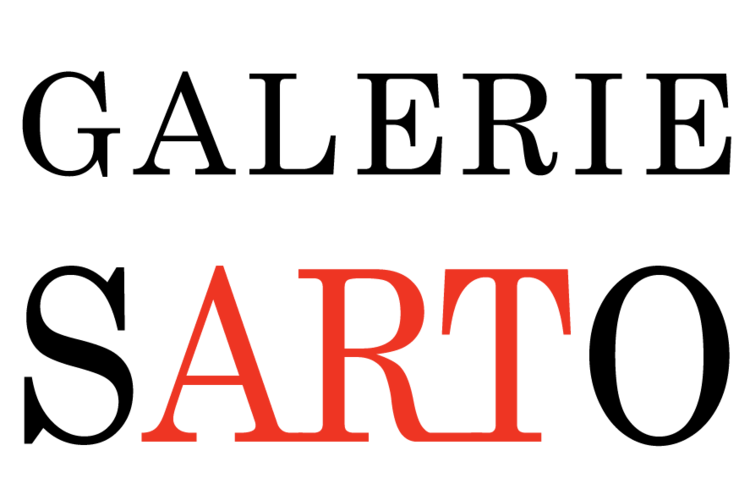Edgar Degas (1834 - 1917)
Biography
© Photography, Fogg Art Museum, Cambridge, Massachusetts, USA.
The French painter, sculptor and engraver Edgar Degas, whose real name was Hilaire Germain Edgar de Gas, was born in Paris in 1834 and died there in 1917. He was the eldest of five children of a rich banker.
Famous for his dancers, Edgar Degas is often considered one of the masters of Impressionism, a classification he refuted; the painter defined himself as a realist and an independent. He was a keen student of movement and focused on all motifs that represented life: dancing, of course, but also horse racing. Like his friend Manet, Degas was one of the great painters of modern life, of café scenes, brothels, milliners, laundresses, etc. The work of this Parisian and bourgeois artist, highly cultured and a collector, is marked by his knowledge of the great masters, and of Ingres in particular, whose quality of line he was considered to be one of the heirs.
He studied at the Lycée Louis-le-Grand, from which he graduated in 1853.
Degas stopped his law studies and joined the studio of a pupil of Ingres, Louis Lamothe. The first part of his work is marked by the classical tradition: Degas first exhibited history paintings at the Salon, before joining independent circles and participating in all the Impressionist exhibitions between 1874 and 1886 (except in 1882), with subjects inspired by contemporary life. Although he travelled to Louisiana and Italy, he remained very attached to Paris.
From the 1870s onwards, Degas was interested in the world of the opera and dance, which was a major theme in his pictorial and sculptural work. Evolving in a worldly environment where music played a major role, he went backstage at the Paris Opera. Degas painted some orchestra scenes, portraits of musicians, but above all the dance classes attended by the little rats. The artist reveals the cruelty of a world that he captures in all its sociological complexity: the gentlemen who wait for the dancers (sometimes likened to prostitutes), the rivalries, the hierarchy; nothing is forgotten.
Between 1895 and 1896, the artist experimented with the photographic medium, producing portraits and nudes in artificial light. The last part of Degas' life was overshadowed by blindness, which gradually deprived him of his art: the artist stopped painting in 1912. He devoted himself to pastel and monotype (a printing technique without engraving that was popular with the Impressionists), producing works of great modernity that had long been neglected.
After his death in 1917, the same year as Rodin's, the sales of his studio and his sublime collection of masters (Ingres, Delacroix, etc.) marked the year 1918.
Selected artworks
Edgar Degas (1834 - 1917)
"Two dancers with their arms up"
Charcoal on paper, signed lower left
19.09 x 15.15 in.
Provenances :
• Galerie Georges PETIT, Paris, 4eme vente de l’atelier Degas du 2 au 4 juillet 1919, N° 348 de la vente
• Collection Ambroise Vollard, Paris
• Collection G.R Lotto
• Galleria Scopinich, Fevrier 1933
• Collection privée
Certificate of authenticity from the Galerie Brame et Lorenceau in Paris Publication : Pittura dell’800, collezione G.R, 1933, Rizzoli & C. Tav. XXXVIII, opera n°98
Sold


